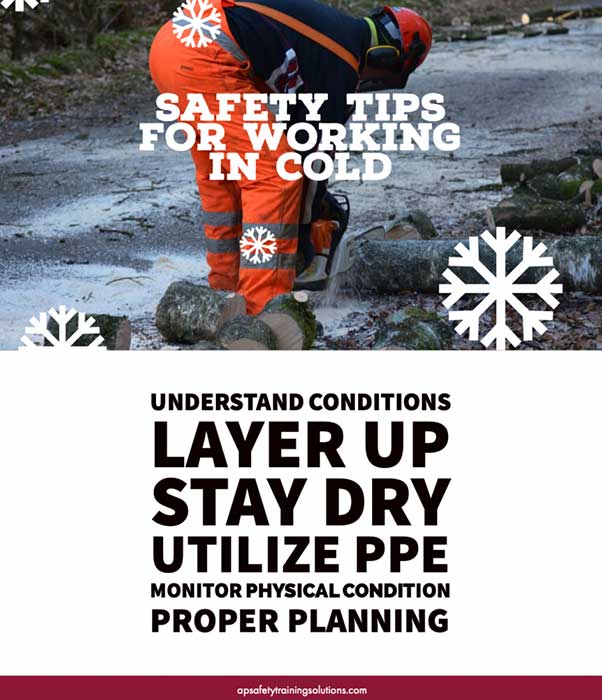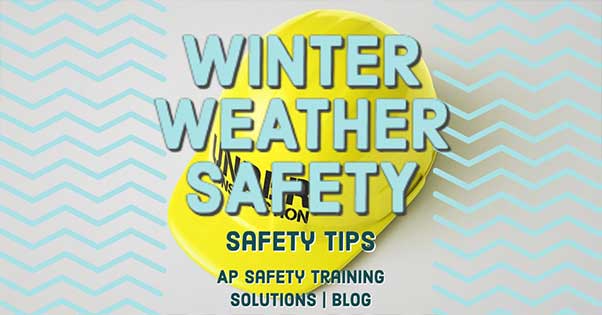
Whether you're an employee or an employer, it's essential to understand OSHA’s safety tips for working in cold environments. OSHA doesn’t mandate specific indoor temperatures but recommends keeping workplace thermostats between 68°F and 78°F for general comfort. When temperatures drop dangerously low outdoors, cold-related stress becomes a serious occupational hazard.
OSHA Safety Regulations for Cold Conditions
OSHA regulations apply when severe cold leads to hypothermia, frostbite, or heat stress. Individuals on certain medications or with health conditions may be more susceptible to cold exposure.
Recommended OSHA Cold Weather Safety Tips:- Employers must ensure workers understand the risks of cold exposure.
- Monitor your own and coworkers’ physical condition regularly.
- Dress appropriately for cold weather work.
- Stay dry—moisture increases heat loss.
- Carry extra dry clothing in case of soaking.
- Drink warm, non-caffeinated fluids throughout the shift.
- Use PPE and follow safety practices provided by your company.
Recognizing Dangerous Cold Weather Conditions
Prolonged exposure to cold temperatures can cause serious health conditions such as trench foot, frostbite, or hypothermia. In extreme cases, exposure to freezing water can even be fatal.
Warning signs include:- Slurred speech
- Uncontrolled shivering
- Confusion or disorientation
- Clumsiness or lack of coordination
How to Prevent Cold Stress
Proper clothing and preparation are key to avoiding cold-related injuries. OSHA recommends the following practices to reduce the risk of cold stress:
- Wear at least three layers of loose-fitting, insulating clothing.
- Use moisture-wicking materials like wool or silk for the inner layer.
- Thermal layers trap body heat; avoid tight clothing that restricts circulation.
- Wear a knit mask or face cover to protect your nose and mouth.
- Use a hat or beanie that covers your ears to prevent heat loss.
- Use insulated gloves to keep your hands dry and warm.
- Waterproof, insulated boots protect your feet from frostbite and wetness.
Winter Weather Safety Best Practices

Working in cold, wet conditions isn't just uncomfortable—it can be dangerous. Follow these essential tips to maintain safety and energy in freezing temperatures:
- Stay nourished: Eat regularly and consume carbs and fats to fuel body heat production.
- Stay hydrated: Dehydration occurs quickly in the cold and can reduce mental clarity.
- Be well-rested: Fatigue increases the risk of slips, mistakes, and accidents.
- Schedule warm-up breaks: Plan regular time indoors or in heated shelters to prevent numbness and fatigue.
- Stay dry: Wet clothing accelerates heat loss. Wear windbreakers and waterproof outerwear.
- Dress smart: Use layered clothing, proper gloves, insulated socks, and reliable headwear to regulate warmth throughout the day.
Need to improve cold weather safety at your job site?
Explore our Cal OSHA Compliance Training Program for a custom solution.
Call us toll-free at (888) 978-2713 for a free quote today.
